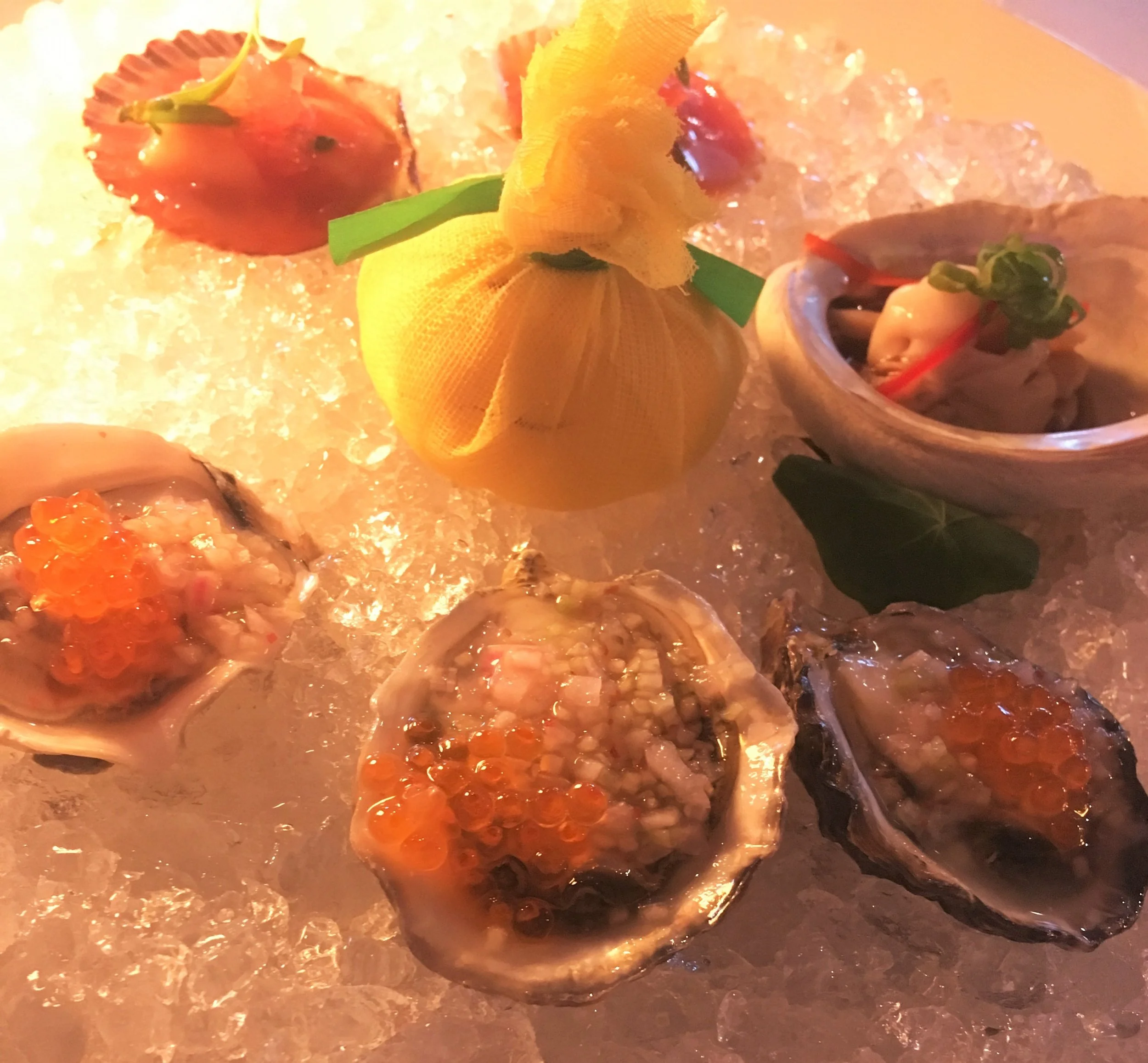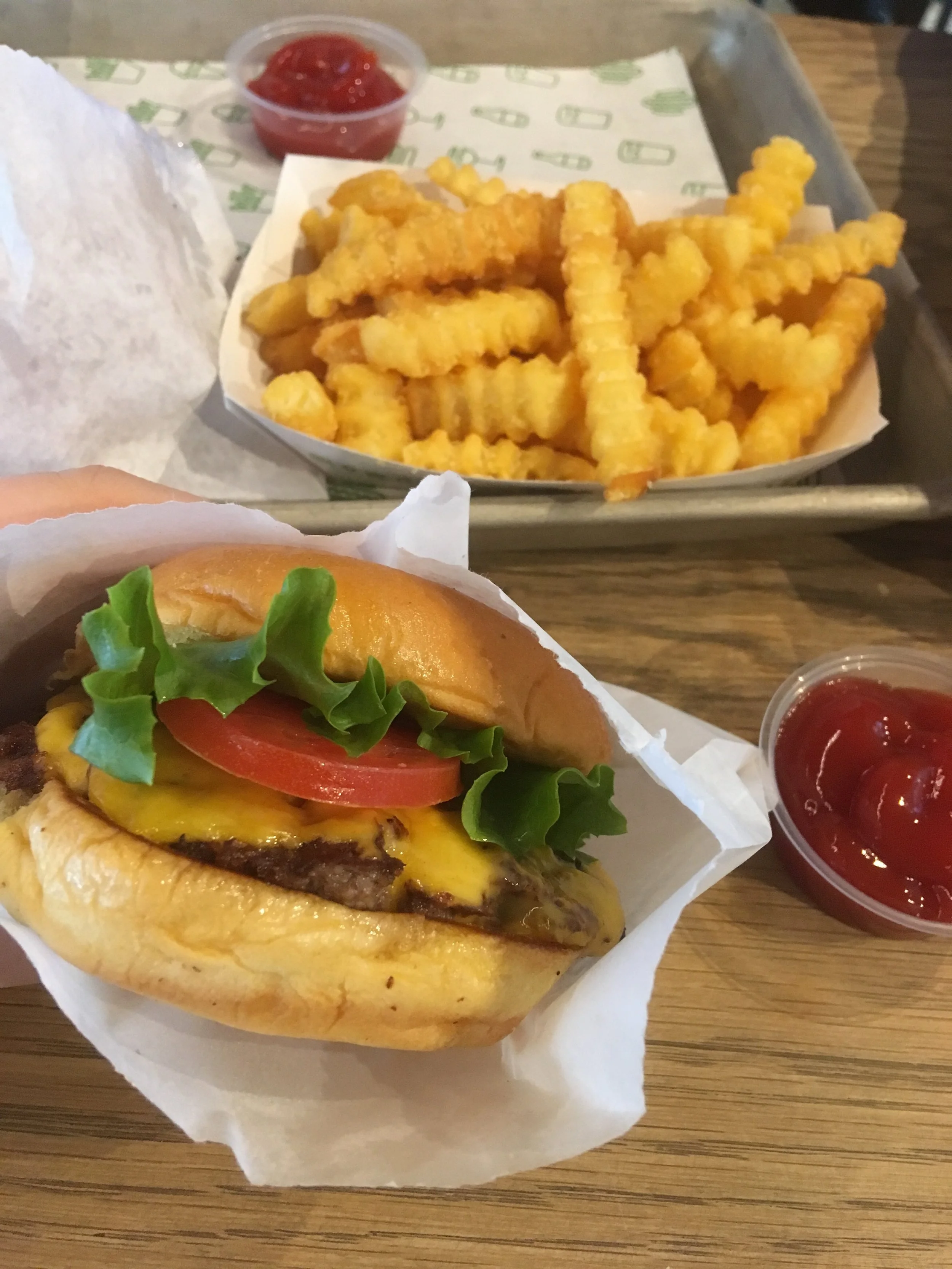The city that never sleeps
New York is a 24-hour city, and perhaps that has something to do with the vast amounts of coffee its residents consume. As part of the generation who was raised on watching Friends characters hang out in Central Perk, I strongly associate New York with coffee culture and had always planned to spent a lot of my time here hanging out in coffee shops. They reflect the city in lots of ways: transient, international and buzzing with energy. I’ve overheard entrepreneurial business meetings, social media personalities planning their next collaboration, and playwrights talking about writing the next Broadway hit (I’ve also managed to spill my cup of coffee on a disgruntled local, but that’s another story). And there’s good reason to spend time here; I’m probably not alone - I hope - in spending $2 on one coffee and then lingering over the dregs for four hours of writing. Compare that to spending around $11 (>£8 in the UK) on a bag of coffee from a grocery store to make your own cup at home, plus the cost of milk, and it doesn’t feel like an extravagance. But, just like sugar (see an earlier blog post), coffee hasn’t always been so readily available.
A coffee pot-ted history…
While coffee had been used in various guises for centuries before, roasting coffee (and therefore the birth of coffee as we know it today) began in Arabia in the thirteenth century. The first European-owned coffee estate (in Sri Lanka) was owned by the Dutch, which helps explain its modern etymology: the Dutch koffie became coffee in English. Similarly (again) to sugar, it has a grim history associated with slavery, with French and other European plantations relying heavily on slave labour; for example, the brutal conditions on coffee plantations were instrumental in the revolution in Haiti.
Various articles (e.g. here) explain the rise in popularity in coffee over other drinks of the time; compared to drinking alcohol for breakfast, you can easily see how the stimulant in coffee was an improvement (I suppose depending on what you had to do that day). Coffee was particularly important for London society; coffee shops were cultural and entrepreneurial meeting places for important men of the time. For example, the insurance giant Lloyds of London began as Edward Lloyd’s Coffee Shop. Given this, it’s unsurprising that coffee eventually made its way to the “new world” through European society, and arrived in the Dutch town of New Amsterdam (later renamed New York by the English) in the mid-1600s.
Despite the popularity of coffee, tea remained the favoured drink in America until the Boston Tea Party in 1773. (I should caveat that I started reading about this in an 800-page history of the USA and then gave up, and reverted to Wikipedia, so bear with me…) This involved American Patriots resisting British taxation on tea by dumping a shipment from the British East India Company into Boston Harbour. This was a precursor to the American Revolution, and afterwards tea was considered by many to be unpatriotic, which led to coffee becoming the drink of choice (I assume this explains why I haven’t had a good cup of tea since I arrived in New York).
Since this time, coffee has become much more democratised. It helped to fuel early pioneers as they moved west across the States, with one of the first westerners to cross Death Valley saying: “our coffee was a wonderful help and had that given out, I know we should have died”. Its rise in popularity led to it being mass marketed in the 1800s, when it was sold pre-roasted for the first time (previously, it would have been available as whole beans that had to be roasted at home). This was another step closer to coffee as we know it today.
Fast forward another century and, in 1971, the first Starbucks store opened in Seattle, which heralded another big step in the accessibility and variety of coffee (it was named, somewhat randomly, after the character “Starbuck” in Moby Dick). The first store was opened to sell roasted coffee beans and coffee equipment; it wasn’t until Howard Schultz (now potential independent presidential candidate… also somewhat randomly) joined the company in the 1980s that the company focused on making its shops casual meeting places to create a more authentic Italian coffee culture. At this stage, the shops rapidly expanded across the States, introducing different varieties of Italian drinks (such as cappuccino and espresso) not widely seen in American before then. Amazingly, Starbucks didn’t make it to New York City until the early 1990s; I found this New York Times article from 1992, talking about how “Americans are finally waking up to the pleasures of good coffee”, but that there were not yet any plans to open a Starbucks branch in the city. As of today, there are over 300 Starbucks branches in New York City.
Coffee culture today
Due to how widespread and available (and often cheap) coffee is in New York today, it still feels democratising in New York, and yet – as with so many other products – its increasingly craft status can also feel elite. While I usually opt for the cheap drip coffee option, the amount I could spend on unique and bizarre coffee concoctions is limitless. I gave into temptation last week to try a recent trend in coffee: matcha (which is a type of green tea) latte, for the dizzying amount of $8. I went for a ginger “island raft” one from the Brooklyn Roasting Company, which obviously only tasted like ginger, and completely wasn’t worth the money (for me, at least). While there are benefits to paying more attention to your coffee – and paying up where necessary – to ensure it’s sustainably sourced and fair trade, some of these new uber-trendy coffee shops feel fairly disconnected from the “real” New York (says the person with a food Instagram account, I know, I know…) While they can feel like a microcosm of New York, they also feel like a microcosm of certain parts only: the coffee shop I’m writing this in is blasting out African-American rap but I’m surrounded by white people eating almond croissants. Make of that what you will…






